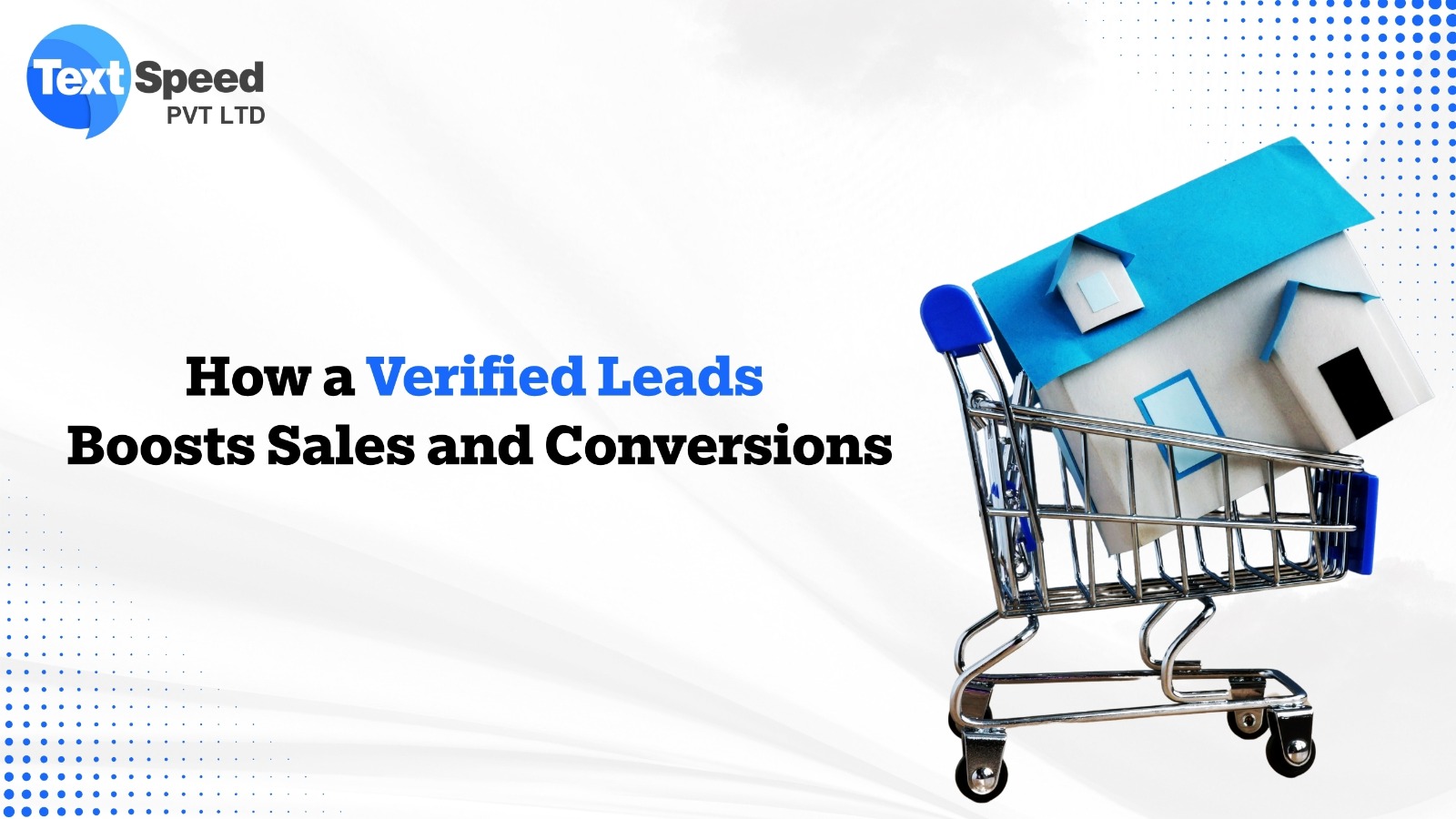Introduction
In today’s competitive digital landscape, generating leads is not enough—businesses need verified leads that can actually convert into paying customers. Many companies waste time and money chasing irrelevant or low-quality leads, only to realize that their sales funnel is filled with contacts who have little or no buying intent. This is where the power of verified leads comes in.
A verified lead ensures that the contact information is accurate, authentic, and genuinely interested in your products or services. When businesses focus on verified leads, they not only save resources but also increase the probability of closing sales and improving overall ROI.
What is a Verified Lead?
A verified lead is a prospect whose information (name, email, phone number, and other details) has been validated for accuracy and relevance. Unlike generic leads obtained from mass marketing campaigns, verified leads undergo a quality check to ensure:
-
The data is authentic and not fake.
-
The contact is genuinely interested in your business.
-
The lead matches your target audience or buyer persona.
This makes verified leads far more valuable than raw leads because they have a higher chance of converting into actual customers.
Why Verified Leads Matter for Businesses
Businesses often face challenges like high bounce rates, wasted calls, or low conversion from generic leads. Verified leads solve these issues by offering several key benefits:
1. Improved Conversion Rates
Since verified leads are genuine and pre-qualified, sales teams can focus on prospects who are more likely to buy. This shortens the sales cycle and boosts conversion rates.
2. Better Use of Resources
Instead of wasting time on invalid or uninterested contacts, verified leads allow businesses to use their sales and marketing efforts efficiently.
3. Higher Return on Investment (ROI)
Every marketing dollar counts. With verified leads, companies avoid unnecessary expenses and maximize their ROI by targeting real prospects.
4. Reduced Customer Acquisition Cost
When businesses focus on high-quality leads, they spend less on chasing cold prospects and more on nurturing those who are already interested.
How to Generate Verified Leads
Now that we know the value of verified leads, let’s look at the best methods to generate them:
1. Landing Pages with Verification Steps
Use optimized landing pages with proper forms, email verification, or OTP-based authentication to ensure that the leads you capture are real.
2. Lead Magnets with Validation
Offer eBooks, free trials, or discounts, but require verified email IDs or phone numbers to access them.
3. Marketing Automation Tools
Leverage automation platforms that filter out fake contacts and validate user details before they enter your CRM.
4. Outsourcing to a Verified Lead Provider
Partnering with trusted providers ensures you get pre-verified leads that meet your specific industry needs.
5. Regular Database Cleansing
Maintaining a clean and updated database ensures you don’t waste resources on outdated or invalid leads.
Verified Leads and Sales Growth
The direct impact of verified leads on sales cannot be overstated. Businesses that work with verified leads typically experience:
-
Shorter sales cycles because sales teams target only interested prospects.
-
Better customer relationships since the leads are genuinely engaged.
-
More predictable revenue growth due to consistent and reliable lead quality.
For example, an e-commerce company running SMS and email campaigns to verified leads will see higher open rates, better click-through rates, and more completed purchases than campaigns targeting unverified contacts.
Best Practices for Maximizing Conversions with Verified Leads
To get the most out of your verified leads, businesses should:
Segment the Leads – Divide verified leads based on demographics, buying behavior, or interests.
Personalize Communication – Send tailored messages that resonate with each segment.
Follow Up Strategically – Use a mix of calls, emails, and messages to nurture verified leads.
Measure and Optimize – Track conversions, analyze performance, and continuously refine your strategy.
Conclusion
A verified lead is more than just contact information—it’s a potential customer with genuine interest in your business. By investing in verified leads, companies can reduce costs, improve efficiency, and achieve higher conversions. In today’s fast-paced market, focusing on verified leads is not just a smart choice; it’s essential for long-term success.
FAQ – Verified Leads
Q1: What is the difference between a lead and a verified lead?
A lead is a potential customer, but a verified lead is one whose details have been validated for accuracy and intent.
Q2: How do businesses verify leads?
Leads can be verified using email authentication, phone number verification (OTP), and automated validation tools.
Q3: Are verified leads worth the investment?
Yes, because they reduce wasted effort, improve conversion rates, and increase ROI.
Q4: Can small businesses also benefit from verified leads?
Absolutely. Verified leads help small businesses use limited resources efficiently and focus on real prospects.
Q5: How often should I clean my lead database?
It’s best to clean and verify your database every 3–6 months to maintain accuracy.


